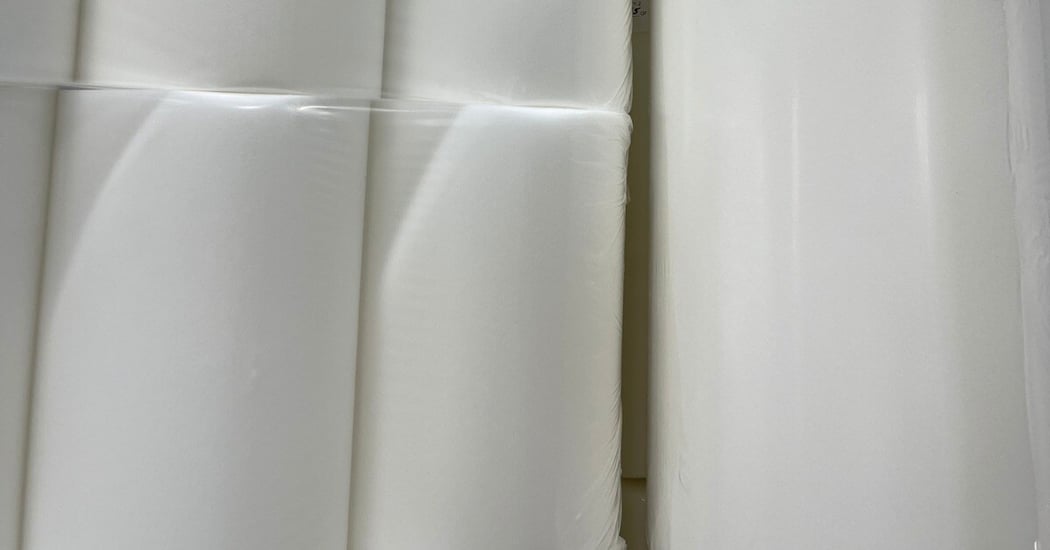
Pipeline Pigging: What Does It Mean and What Is Its Purpose?
Pipelines are an essential part of the oil and gas industry. Without them, we couldn't get these products to our homes and businesses. But what do we do when there is a problem with the pipeline? One solution is pipeline pigging.
Purpose of Pipeline Pigging
The primary purpose of pigging is pipeline cleaning and inspection. Over time, debris, residual product, and contamination can accumulate inside the pipeline, affecting flow capacity and increasing risks. Cleaning pigs, smart pigs, and foam pigs are vital for maintaining peak performance and ensuring safe product transfer.
Pigging in Different Industries
While pigging is synonymous with the oil and gas world, it is also vital across different industries:
-
Food and beverage plants use pigging for lube oil and product transfer.
-
Chemical production facilities rely on pigging to prevent cross-contamination.
-
Pharmaceutical industries use pigs to protect the purity of their products.
Pigging technology adapts to diverse sectors that demand clean, safe transport systems.
A Quick History of Pipeline Pigging
George Edward Butler invented the PIG in 1859. He was working for the Atlantic Petroleum Storage Company in Pennsylvania and was tasked with finding a way to clean the company's pipelines. After many trials and errors, he finally came up with a device that would do the job. The PIG consists of a metal or plastic body with three to five discs or paddles on its side. These discs help to push the pig through the pipeline and also act as scrubbers, cleaning the inside of the pipe as they go.
The original PIGs were powered by men walking alongside the pipeline, pushing and pulling the pig as needed. But this soon became impractical and was replaced by mechanical or hydraulic pigs. These days, most pigs are propelled through the pipeline by gas or air pressure.
Pigging is an essential part of pipeline maintenance and has been used by the oil and gas industry for over 150 years. It is a safe and effective way to clean the pipeline and remove any buildup. And while it may seem like a simple process, there is actually a lot that goes into pigging a pipeline.
How Pigging Systems Work
Pigging systems include several components:
-
Pig launchers to insert pigs into the line.
-
Pig receivers to collect pigs after travel.
-
Kicker lines and valves to control flow.
-
Control software for automated pigging operations.
Pigs move through pipelines propelled by sources such as natural gas, nitrogen, air, or sometimes carbon dioxide. The chosen propellant depends on factors like pipeline material, pressure, and product type.
Types of Pigs
Pipeline pigs can come in different shapes and sizes depending on the diameter of the pipe they are meant to clean. They are inserted into the pipeline through an access point called a pig launcher, which allows for safe entry into the line.There are several types of pigs designed to address specific pigging needs:
-
Foam pigs: Lightweight and flexible, great for tight bends and varying diameters.
-
Cleaning pigs: Equipped with wire brushes or scraping discs to remove tough buildup.
-
Smart pigs: Advanced pigs used for pipeline inspection, detecting cracks, corrosion, or deformations.
-
Batching pigs: Used for separating different products transported through the same pipeline.

Materials Used in Pipeline Pigs
Today, pigs are made from a wide array of materials:
-
Polyurethane foam pigs for gentle cleaning.
-
Carbon steel and stainless steel pigs for aggressive scraping.
-
Plastic pigs made of polyethylene or ABS for flowlines.
Material choice depends on the line size, pipe material, debris type, and pressure conditions.
Pipeline and Flow Assurance
Flow assurance is essential for any pipeline, as even minor buildup can cause serious problems down the line. Pigging is a form of cleaning and maintenance that helps to keep pipelines running smoothly. Pigs (from which the term “pigging” is derived) are sent through the pipeline to push any buildup or debris out of the way. This helps to keep the flow of oil and gas moving smoothly and prevents any potential problems that could arise from a clogged or damaged pipeline.
Pigging also has another important function: it can help to detect cracks or other damage in the pipeline. By sending a pig through the line, operators can check for any anomalies that might be present. This allows for quick repair of any damage and helps to prevent further problems down the line.
Pigging and Flowlines
Flowlines are smaller in diameter than pipelines and are used to transport oil and gas from the wellhead to the pipeline. These lines are typically made from plastic because it is lighter and more flexible than metal. This makes it easier to install, but it also means that flowlines are more susceptible to damage.
Pigging is a critical part of flowlines maintenance, as it helps to remove any buildup that could clog the line. It also helps to detect any damage that might be present, so that it can be repaired quickly.
Why Sterling Manufacturing is the Trusted Name in Pigging
At Sterling Manufacturing, we bring decades of expertise in creating reliable, high-quality pigs for a wide array of industries. From foam pigs to cleaning pigs to specialized batching pigs, our products are crafted to meet your exact pigging needs. Contact Sterling Manufacturing today and let's solve your pigging challenges together!


Leave a Comment
Your email address will not be published.